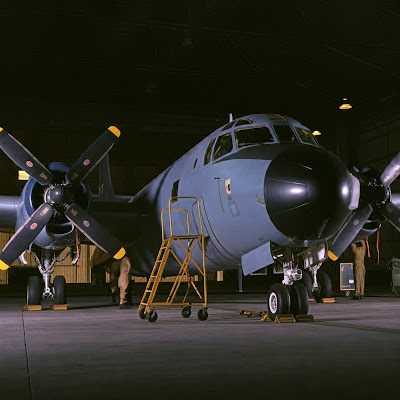You ask anyone with any chronic illness how they are, and often you'll hear: "there are better days, and there are worse days." We can all sympathise with the notion of cyclical fluctuations in samopoczucie, in one's physical, mental and spiritual condition.
Back in the 1970s, I had read – and thought a lot – about biorhythms – the idea that we are all subject to three cycles governing the way we feel and behave.
From Wikipedia: "the biorhythm theory is the idea that people's daily lives are significantly affected by rhythmic cycles with periods of exactly 23, 28 and 33 days; a 23-day physical cycle, a 28-day emotional cycle, and a 33-day intellectual cycle." The theory is predicated on the notion that all three cycles are precisely matched at the moment of birth, and run on throughout life, hitting peaks and troughs that can come together at rare intervals.
At the time, newspaper articles and pop-science books passed from hand to hand in sixth-form common rooms and with the aid of pocket calculators, we were trying to work out whether we were meant to be having a good day or a bad day (or a combination of both across three metrics). But there was a huge snag that I could see – the mathematical precision that the theory depended on. Biology isn't digital; it's messy. Women's menstrual cycles are a good illustration of this, periods coming early, late or sometimes not at all. So why should, for example, the human intellectual cycle run at exactly 33 days? For all people?
Although biorhythms have rightly been dismissed as pseudoscience, I nevertheless intuit that there's a wisp of truth here. We all have our ups and our downs, physically, intellectually and emotionally. For some people, the amplitude of the peaks and troughs is not significant. Externally, they appear consistent.
But not everyone is consistent. Athletic, intellectual or artistic performance can fluctuate. And obviously there are extraneous factors. Are we ever at our absolute peak when taking an exam, running a race or just experiencing the emotions of a long-awaited vacation?
So – is this all cyclical? Can one pin down those highs and lows, and based on that – can one predict them into the future, such as solar or lunar cycles?
Here's my experience – when the physical cycle is low, one is more likely to come down with some infection. There's a greater need for daytime naps, nocturnal sleep has longer duration, there's a higher propensity to small aches and pains.
So when the physical cycle is low, I'm not trying to break exercise records. I take it easy. I go to bed early and have a lie-in the next morning. And when the cycle peaks, then I can go for it (like the two sets of nine pull-ups to the bar I managed on 6 November.) Pull-ups are a good indicator for me of my physical condition. Some days I'll be pulling seven or eight; others three or four are more usual. So looking at the data gathered over 11 years, can I see a pattern? If there is (just looking a pull-ups, for example), it's not at all regular, but there are peaks and troughs.
Intellectual cycles are also interesting. These, I think, are longer in duration. For me the symptoms of an intellectual low is when I feel that I don't really know much. That my understanding of the fabric of reality is poor. My curiosity wanes, I'm more easily distracted. When speaking in public, I do so without much conviction, and I feel I'm not carrying the audience along with my narrative. And blogging – sometimes I feel inspired, sometimes I'll go back to an old post and think "that was really quite good!". Other times, the prose seems flat, contrived or borrowed.
Emotionally, my mood swings are from gregarious to withdrawn, though in the withdrawn state I'm not unhappy, so I'd rate my happiness levels as consistently good. Sometimes I do need to be alone.
Consciously sensing the feedback from your body, mind and spirit are to me essential in keeping on track. But the fundamental question is – are we running on cycles, or are the ups and downs of our physical, mental and spiritual condition merely the result of external factors? And if there are cycles – to what extent can we control them, physically or indeed metaphysically?
This time three years ago:
Twilight rambler
Late-November pictorial round-up
Artificial Intelligence vs Artificial Consciousness
This time seven years ago:
Viaduct takes shape in the snow
This time ten years ago:
No in-work benefits for four years?
This time 11 years ago:
This time 13 years ago:
Snow-free November
This time 14 years ago:
Krakowskie Przedmieście in the snow





















































